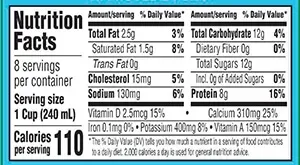Table of Contents
You’re standing in the dairy aisle, staring at rows of milk cartons. Whole, skim, 2%, 1%... your head starts to spin. You know you want something "healthy," and usually that means less fat. So, you reach for the low fat option. But while you're thinking about the fat you're *not* getting, have you stopped to consider the protein you *are* getting? The truth about **low fat milk protein content** is often overlooked in the rush to reduce fat intake.
Beyond the Fat: What's Inside Low Fat Milk Protein Content?
Beyond the Fat: What's Inside Low Fat Milk Protein Content?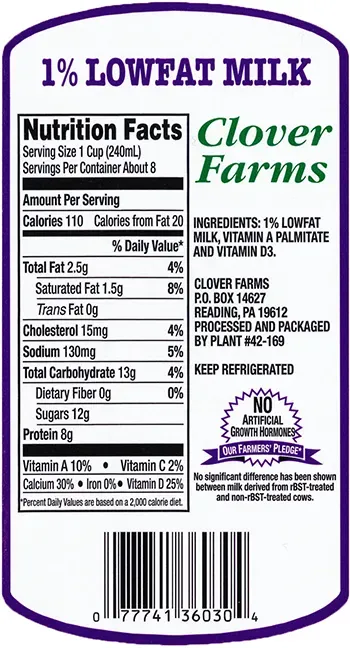
The Dynamic Duo: Casein and Whey
so you've grabbed the low fat milk, feeling virtuous about skipping some saturated fat. But what about the muscle-building stuff? Let's talk protein. Milk isn't just one type of protein; it's mainly two heavy hitters: casein and whey. Think of them like the slow and fast teammates of the protein world.
Casein makes up about 80% of the protein in milk. It forms curds in your stomach and digests slowly, giving you a steady release of amino acids over several hours. Whey, on the other hand, is the liquid part left after milk curdles. It's about 20% of the protein and digests rapidly, hitting your bloodstream quickly. Both are complete proteins, meaning they contain all nine essential amino acids your body can't make itself.
Quantifying the Punch: Grams Per Serving
Now, for the numbers. When you look at the nutrition label on that carton of 1% or 2% milk, you'll typically see a solid protein count. Despite the reduced fat, the protein content in low fat milk remains remarkably consistent across different milk types. A standard 8-ounce (about 240ml) serving usually packs around 8 grams of high-quality protein.
That 8 grams is the same amount you'd find in a serving of whole milk or skim milk. Yes, you read that right. The fat percentage changes, but the protein quantity stays put. So, if your goal is protein intake, switching to low fat milk doesn't mean you're sacrificing this crucial macronutrient.
Here’s a quick look at how milk proteins stack up (roughly):
- Total Protein (per 8 oz): ~8 grams
- Casein Protein: ~6.4 grams
- Whey Protein: ~1.6 grams
Quality Control: Why Milk Protein is Top Tier
It's not just about the amount; the quality of the protein matters just as much, if not more. The protein in milk, including the **low fat milk protein content**, is considered a gold standard. Why? Because it has a high biological value and a high Protein Digestibility Corrected Amino Acid Score (PDCAAS). These are fancy ways of saying your body can efficiently use the amino acids from milk protein to build and repair tissues, like muscle.
Getting enough high-quality protein is essential for everything from muscle maintenance and growth to immune function and satiety. So, that glass of low fat milk isn't just a calcium delivery system; it's a significant source of the building blocks your body needs to function properly.
Low Fat Milk Protein vs. The Usual Suspects: Whole and Skim
Low Fat Milk Protein vs. The Usual Suspects: Whole and Skim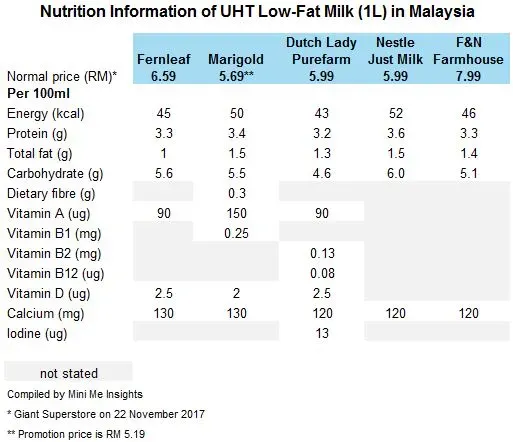
Low Fat Milk Protein vs. Whole Milk: Fat is the Divergence
Alright, let's pit low fat milk against its full-bodied cousin, whole milk. For years, whole milk got a bad rap because of its saturated fat content. And yes, it definitely has more fat – around 3.25% compared to the 1% or 2% in low fat versions. This difference in fat significantly bumps up the calorie count in whole milk.
However, when you look at the protein side of the equation, it's surprisingly similar. An 8-ounce glass of whole milk delivers roughly the same 8 grams of high-quality protein as low fat milk. The fat content changes the texture, the mouthfeel, and the calorie count, but it doesn't magically add or subtract protein molecules from the liquid.
Low Fat Milk Protein vs. Skim Milk: A Calorie Calculation
Now, let's bring skim milk into the ring. Skim milk is essentially milk with almost all the fat removed, typically less than 0.5%. This makes it the lowest calorie option among the dairy milks. If calories are your primary concern, skim milk seems like the obvious winner.
But here's the kicker: the protein content in skim milk is also about 8 grams per 8-ounce serving. Just like with whole milk, stripping out the fat doesn't strip out the protein. So, when comparing the protein punch of low fat milk versus skim milk, you're looking at pretty much the same number. The real difference lies in the calories and the presence (or near absence) of fat.
Milk Type | Approximate Fat Content | Approximate Protein (per 8 oz) | Approximate Calories (per 8 oz) |
|---|---|---|---|
Whole Milk | ~3.25% | ~8 grams | ~150 |
Low Fat Milk (1-2%) | 1-2% | ~8 grams | ~100-120 |
Skim Milk | <0.5% | ~8 grams | ~90 |
Choosing Your Champion: It's Not Just About Protein
So, if the **low fat milk protein content** is virtually identical to whole and skim milk, how do you choose? It comes down to your overall dietary needs and preferences. If you're watching calorie intake closely, skim milk offers the most protein per calorie. If you prefer a slightly richer taste and texture without the full calories of whole milk, low fat is a solid middle ground.
Don't get bogged down thinking one is inherently "better" for protein; they all provide a significant, equal amount. Your decision should factor in the fat and calorie differences, and how they fit into your daily eating plan. Sometimes, a little fat helps you feel more satisfied, making low fat milk a good compromise for many people.
Why Care About Low Fat Milk Protein? The Benefits Beyond the Label
Why Care About Low Fat Milk Protein? The Benefits Beyond the Label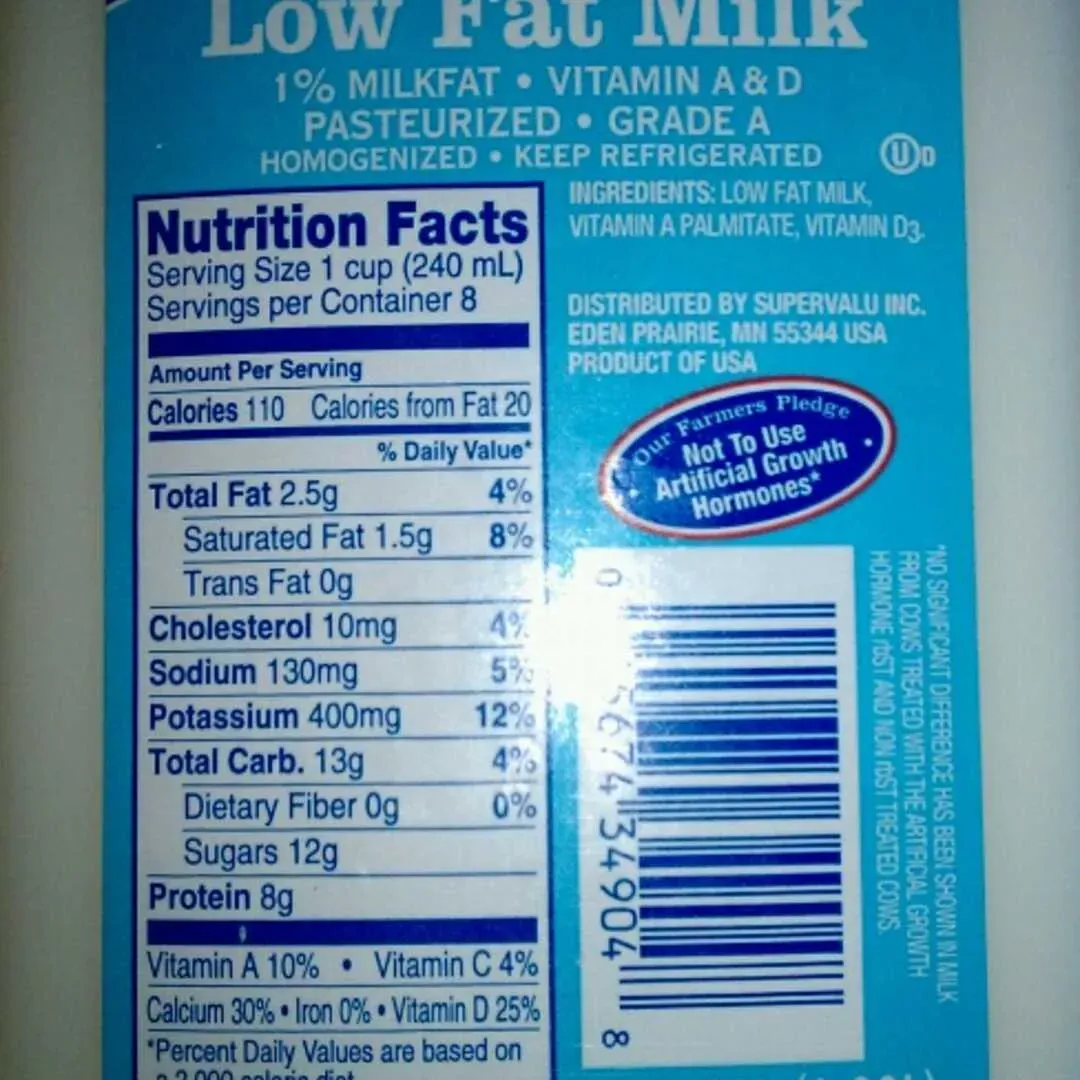
Building Blocks for Your Body (Without the Bulk)
So, you know low fat milk has protein, and it's good quality protein at that. But why should you actually *care* about that **low fat milk protein content**? Well, protein is the fundamental building block for pretty much everything in your body – muscles, skin, enzymes, hormones, you name it. Getting enough is non-negotiable if you want your body to function optimally.
For anyone trying to build or maintain muscle mass, protein intake is critical. Whether you're hitting the gym, going for a run, or just trying to carry groceries without pulling something, your muscles need protein to recover and grow stronger. Low fat milk offers a convenient, affordable way to contribute to your daily protein target without adding significant amounts of saturated fat or calories, which can be a balancing act for many.
Feeling Full and Staying Fueled
Beyond just muscles, protein plays a huge role in how satisfied you feel after eating. Ever notice how a sugary snack leaves you hungry again in an hour? That's because it lacks the staying power that protein provides. Including sources of protein, like low fat milk, in your meals and snacks can help manage your appetite and keep those pesky cravings at bay.
Think about adding low fat milk to your morning cereal or smoothie. That shot of protein helps you feel fuller for longer, potentially preventing that mid-morning slump and the urge to raid the vending machine. This isn't some magic weight-loss bullet, but feeling satisfied is a key piece of the puzzle for anyone trying to manage their weight or just eat more consciously.
- Low fat milk protein supports muscle repair and growth.
- It contributes to overall body functions like enzyme and hormone production.
- The protein helps increase satiety, keeping you feeling full.
- Including it in meals can help manage appetite.
- It's a convenient protein source without excess fat or calories.
Making Sense of Low Fat Milk Protein Content: Your Questions Answered
Making Sense of Low Fat Milk Protein Content: Your Questions Answered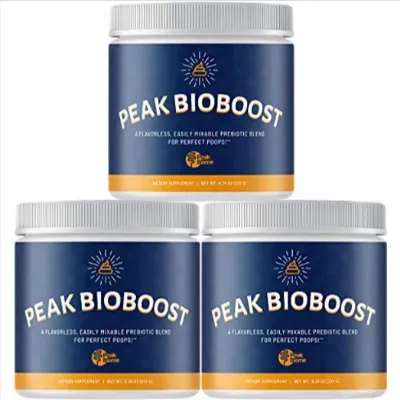
Does Processing Affect Low Fat Milk Protein Content?
A common thought is that somehow, in the process of removing fat to make it low fat, the protein gets messed with or reduced. It's a reasonable concern. Milk goes through pasteurization and sometimes homogenization, plus the fat separation step. But here's the deal: these standard processes primarily target bacteria and fat globules. They aren't designed to strip out the protein molecules. The casein and whey proteins remain largely intact and in the same quantities as they were in the original whole milk.
Sure, some specialized filtering processes, like ultrafiltration used to make 'fairlife' style milk, can actually *increase* the protein concentration by removing some water and lactose. But for your standard carton of 1% or 2% low fat milk? The protein content is remarkably stable. You're getting that consistent 8 grams per serving, ready for your body to use.
Is Low Fat Milk Protein Enough for Muscle Building?
so you know the low fat milk protein content is around 8 grams per serving. Is that enough if you're serious about building muscle or recovering after a workout? One glass alone isn't a massive protein hit compared to, say, a chicken breast or a scoop of protein powder, which might offer 20-30 grams or more. But milk is rarely consumed in isolation.
Think of it as a valuable piece of the puzzle. Adding low fat milk to your cereal, blending it into a smoothie with fruit and maybe some yogurt, or simply drinking a glass alongside a meal contributes significantly to your daily protein total. For post-workout recovery, the combination of fast-digesting whey and slow-digesting casein in milk is actually quite effective for sustained muscle repair. It's not about one miracle food; it's about hitting your overall protein targets throughout the day, and low fat milk is an easy, accessible way to help get there.
- Standard processing doesn't reduce protein in low fat milk.
- You get about 8g of protein per 8oz serving, same as whole milk.
- Milk protein contains both fast (whey) and slow (casein) proteins.
- Low fat milk contributes to daily protein goals for muscle support.
- Pairing low fat milk with other protein sources is effective for recovery.
The Final Sip: Understanding Your Low Fat Milk Protein Content
So, we've poured over the details. The **low fat milk protein content** holds its own, often matching or coming close to its higher-fat counterparts. It's not just about what's missing (the fat); it's about what remains – a solid source of protein, along with other nutrients, wrapped up in fewer calories. Choosing low fat milk isn't a nutritional compromise on protein if that's your primary concern. It offers a pragmatic option for those watching fat intake while still aiming for a convenient protein boost. Ultimately, the "best" milk depends on your individual needs and dietary goals, but don't let the "low fat" label fool you into thinking you're sacrificing significant protein.
